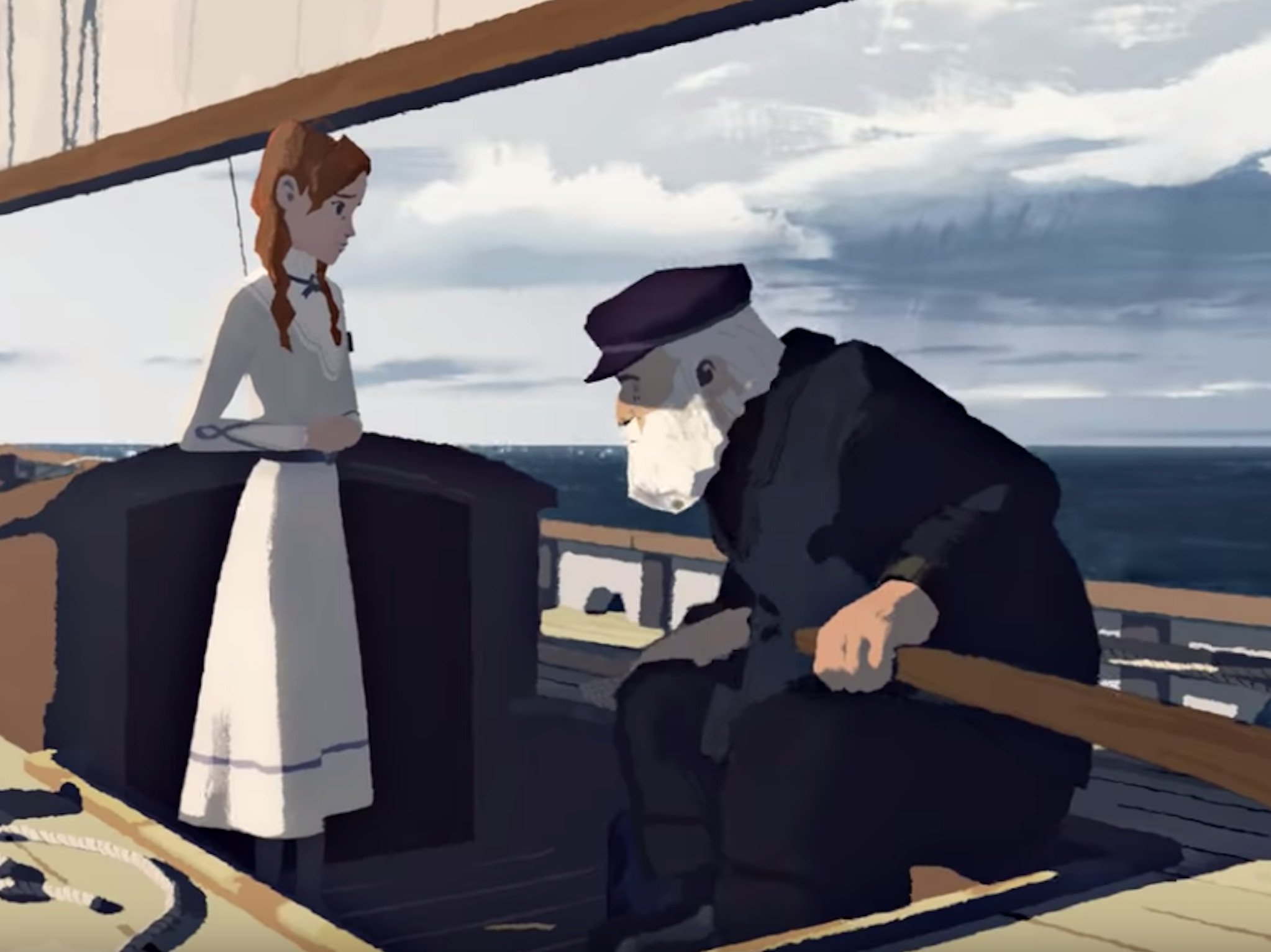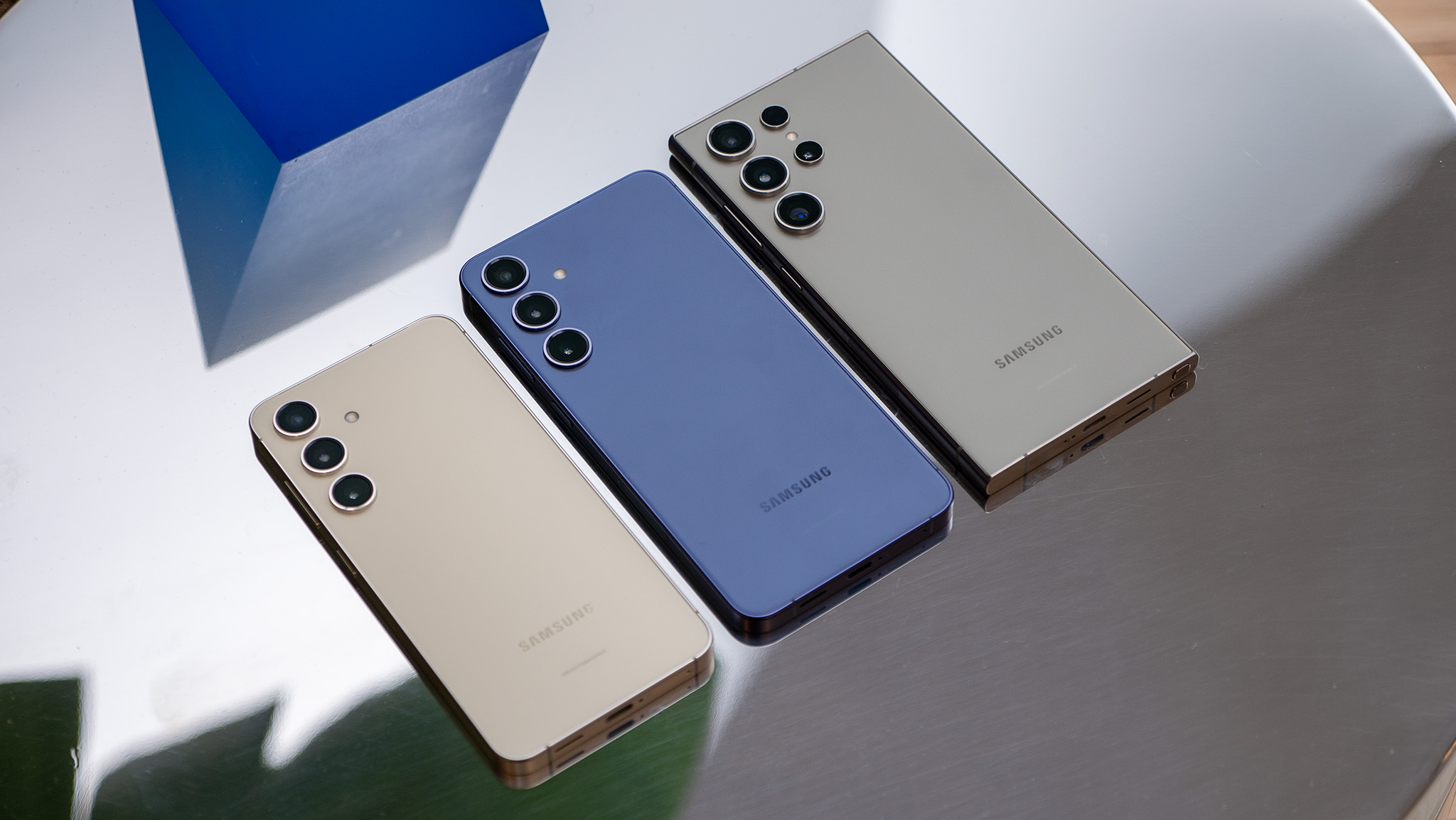In shuttering Spotlight Stories, Google is losing something truly special

For me, it started with a little red hat. Seven years ago, Motorola sent me a box with instructions to check out something new from its ATAP group. The box contained something that looked like an elaborate pop-up book, a Moto X 2013, and a little red hat with an NFC tag in it. The hat belonged to a mouse named Pepe, and as soon as I tapped it to my phone it opened an app and I was transported into his world, the world of Windy Day.
That app — that world — was Spotlight Stories.
Spotlight Stories was an initiative aimed at showing what could be possible with better motion tracking sensors in the phone. Motorola was, in effect, using this beautiful and emotional story to show off what made its phones special. And it worked. For 4-6 minutes, anyone I handed this phone to was transported into another world. Everyone I showed this to smiled the whole way through and immediately asked for more when it was over.
And we got more. So, so much more.
Exploring a new medium
I have been fortunate enough to follow Spotlight Stories from its inception, and part of that was looking into this world from the perspective of the artist. For Windy Day director Jan Pinkava, this experience was not unlike creating something for a live audience. When you have the ability to spin around in the real world and look at a whole story from whatever perspective you want, it's up to the storyteller to guide your focus and make sure you see the narrative the way they intended.
You can turn at any point and leave the story being told, so keeping your attention while also encouraging you to move around is a delicate balance to strike. Windy Day even went so far as to include a special soundtrack with audio loops when you get distracted, both encouraging you to explore and making sure you know the actual story isn't happening right here.
Motorola slowly turned Spotlight Stories into its own platform for video, regularly updating it with new and increasingly entertaining stories. When the company was acquired by Google, there was some concern this clever new experience would die. Instead, Google invested way more into this team and pushed even more from this experience. We even got to see the inimitable Glen Keane on stage at Google I/O as he showed off his work on Duet.
Be an expert in 5 minutes
Get the latest news from Android Central, your trusted companion in the world of Android
Keeping someone engaged when they were effectively the one holding the camera is hard, and watching new teams rise to this challenge has never stopped being amazing.
Keane has never been shy about exploring new mediums, including some incredible behind-the-scenes work he's created in VR, but his work on Spotlight Stories was particularly special. In a time when hand-drawn animation was long considered old-fashioned, Keane was showing how it could be adapted to this new medium in spectacular fashion. Duet wasn't just a single story happening as you rotated around, it was a pair of stories coming together into one. It encouraged you to watch multiple times to get the full experience, losing absolutely none of its magic in the process.
Google continued to grow Spotlight Stories well beyond its original mission, and brought these experiences to millions of people in the process. Live-action Spotlight Stories were eventually added to the mix, alongside just about every animation style you can imagine. Spotlight Stories as a platform grew to be supported on many different phones, then became available on the web for people to click and drag to follow certain stories, and eventually became a VR 360 experience. Each iteration of Spotlight Stories faced the same basic challenges, keeping someone engaged when they were effectively the one holding the camera is hard, and watching new teams rise to this challenge has never stopped being amazing.
Truly unique, despite everyone
In much the same way that Motorola wanted to use Spotlight Stories to highlight the Moto X 2013, Google saw an opportunity to use the 360-degree video format to highlight its own VR platform. Google Cardboard caught a lot of people by surprise when it debuted, and was by all accounts explosively popular. It wasn't particularly profitable, even as Google ramped up the quality with its move to Daydream. But having this unique line of visual experiences certainly helped the initial offering and helped sell the whole "democratized VR" concept.
But Spotlight Stores have always been so much more than the hardware you use to experience it, and that seems like something that got lost as the platform continued to transform under Google. Being able to explore the experience at your own pace, having a compelling story demanding your attention in a specific direction, and really making you feel like you were peering into another world from your own — these were the pillars of what made the original Spotlight Stories stand out. And if you look at the last couple of offerings as they were released to YouTube in 360-degree formats, the steady decline and stagnation in viewership are clear as day.
I'll never forget the way every Spotlight Story made me feel the first time I watched them. And in many cases, the second and third time as well.
I can't say I'm super surprised to see Spotlight Stories go, but the way that it happened disappoints me. With more platforms picking up 360-degree video, it's more difficult than ever to stand out. 360-degree video on Facebook is still relatively new, and it's never very good. Google could have made a huge splash with Spotlight Stories on Facebook, but chose instead to only highlight its own distribution mechanisms. YouTube is full of 360, VR, and even VR180 content these days. The barrier to entry when it comes to picking up a 360-degree camera and pressing the record button has never been lower, but that has always been the least difficult part of making a video like that work. And to date, there has never been another group as ambitious or creative as the Spotlight Stories team when it comes to presenting an experience you want to move around in to fully experience.
While I'm sad to see it go, I'll never forget the way every Spotlight Story made me feel the first time I watched them. And in many cases, the second and third time as well.

